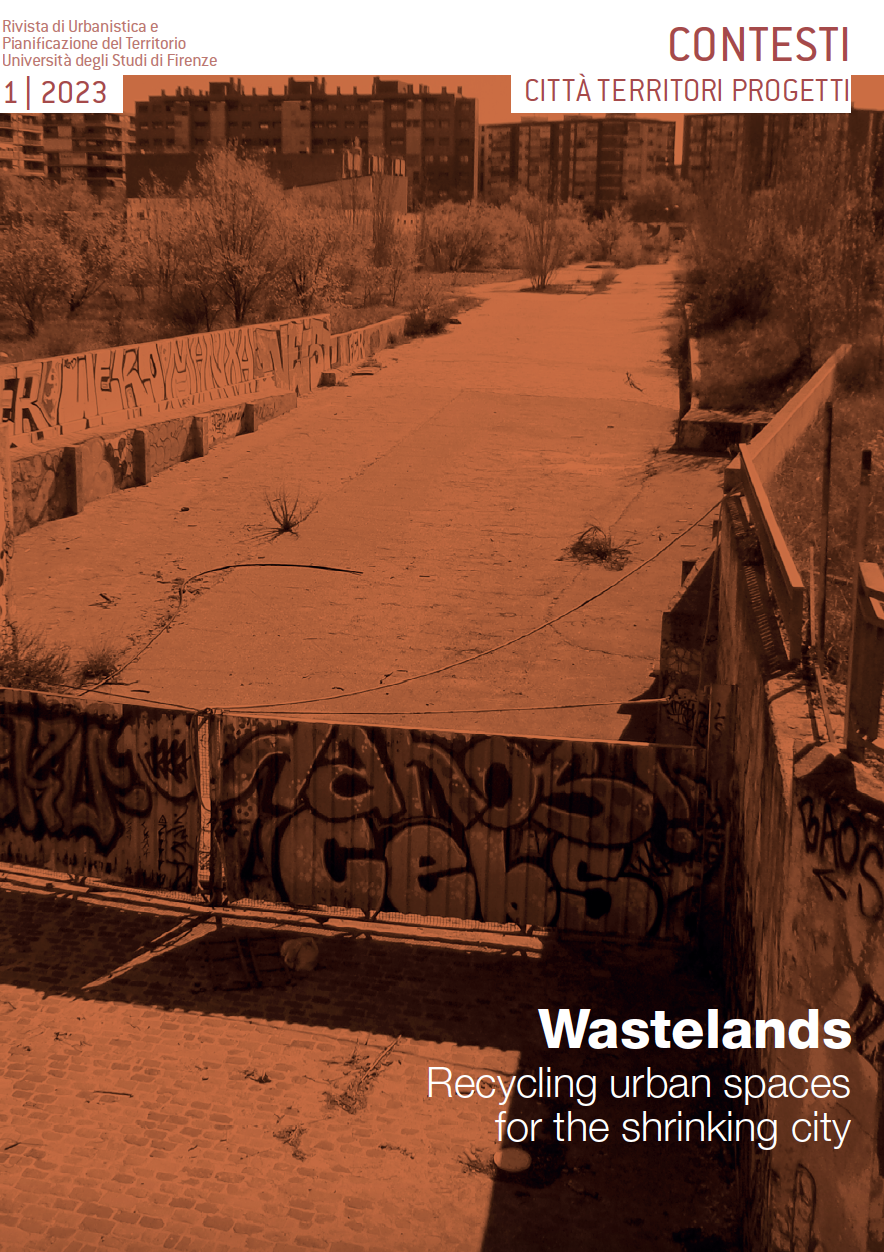Published 2023-09-12
How to Cite
Copyright (c) 2023 Federico Camerin, Francesco Gastaldi

This work is licensed under a Creative Commons Attribution-NonCommercial 4.0 International License.
Abstract
Crises and urgencies are not new phenomena, as well as phases of expansion and contraction (or shrinkage). These dynamics are the essential base on which ground the Author of this paper reflected. His focus is specifically on the scientific and technological backgrounds of two quite different fields: petro-chemical geophysics and information technology, and their respective and opposite roles in “shrinking” or “expanding” the perceived and actual size, scale, and grain of the developed landscape. By putting together these two fields, planners can have the sufficient background to anticipate future land patterns that respond to the relocating effects of scarce, expensive, and renewable transportation and shipping fuels on the one hand, and the continued globalization of culture and corporate ownership on the other. This reflection, as highlighted in this special issue of CONTESTI, is pivotal in a context of a changing “new normal” of the 21st-century society. We must accept that the everyday life of people all over the world can be affected by unexpected disruptions, waves of crisis and recovery that may continuously create new equilibriums. Also, the world is, in some aspects, shrinking, but in other cases is expanding. How can we face such a situation? What can we expect as a result in terms of (re)configuration of cities and territories? In which world we would live in the (near) future?
Downloads
References
- Boschert S. 2006, Plug-in Hybrids: The Cars That Will Recharge America, New Society Publishers, Gabriola Island
- Frank A. 2007, Plug-in hybrid vehicles for a sustainable future, «American Scientist», vol. 95, n. 2, pp. 158-165

